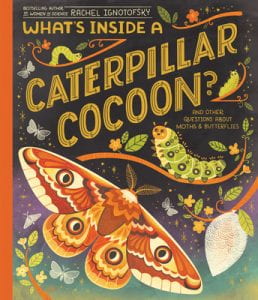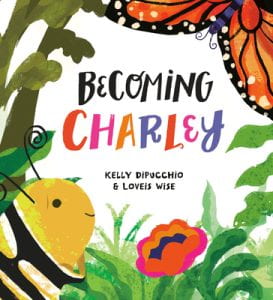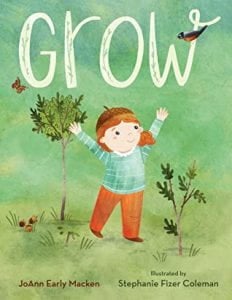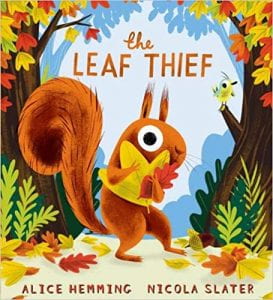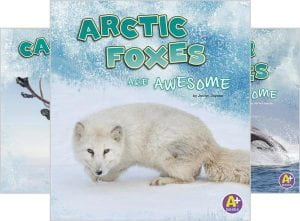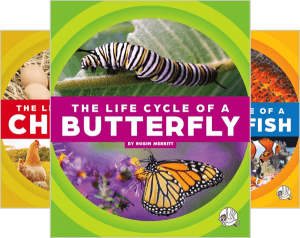 Life Cycles. The Child’s World, 2023. $24.95 each or $299.40 for Set of 12. Grades 2-4.
Life Cycles. The Child’s World, 2023. $24.95 each or $299.40 for Set of 12. Grades 2-4.
Merritt, Robin. The Life Cycle of a Butterfly. 978-1-5038-5837-4.
—. The Life Cycle of a Chicken. 978-1-5038-5842-8.
—. The Life Cycle of a Frog. 978-1-5038-5838-1.
—. The Life Cycle of a Human. 978-1-5038-5870-1.
—. The Life Cycle of a Polar Bear. 978-1-5038-5844-2.
—. The Life Cycle of a Snake. 978-1-5038-5843-5.
Owens, L.L. The Life Cycle of a Clown Fish. 978-1-5038-5841-1.
—. The Life Cycle of a Daisy. 978-1-5038-5869-5.
—. The Life Cycle of a Fern. 978-1-5038-5871-8.
—. The Life Cycle of a Ladybug. 978-1-5038-5872-5.
—. The Life Cycle of a Snail. 978-1-5038-5840-4.
—. The Life Cycle of an Earthworm. 978-1-5038-5839-8.
The Life Cycle series provides readers with information on a variety of plant and animal life cycles. The reviewer read the titles The Life Cycle of a Butterfly and The Life Cycle of a Clown Fish. The Life Cycle of a Butterfly provides information on the transformation from an egg, to a caterpillar, to a butterfly, ending back with the egg. Readers explore the detailed information on the butterfly life cycle, with detailed text, up-close photographs, and bonus facts and charts. The Life Cycle of a Clown Fish provides information on the clown fish species’ life cycle. While there are several different types of clown fish, they all go through the same life cycle. Readers will explore this interesting transformation, with detailed text, beautiful photographs, and bonus facts and charts.
THOUGHTS: An extremely well written and detailed life cycle series on popular plants and animals. This series is unique, as it discusses animals and plants that are popular, but not necessarily discussed.
583-636.5 Plants & Animals

